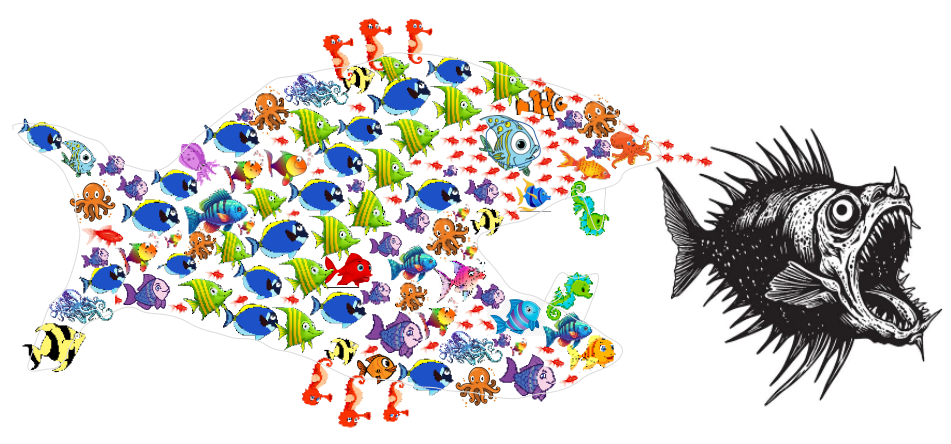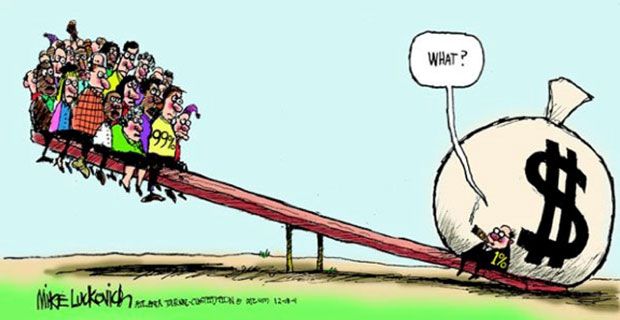zamheifa (bavarian): to cooperate, mutual aid

about zamheifa
zamheifa (bavarian: to cooperate, mutual aid) is a collection of notes and results on economic theory and analysis from a libertarian socialist point of view.
Currently there are results from two major lines of work:
- analysis of data / stylised facts and development of a basic model for growth, business cycles and structural change (transition from the fordist to the neoliberal growth regime in the 1970ies/80ies). [→ growth, cycles and crises]
- analysis of long-term evolution (since the 1960ies) of the distribution of income, with the focus on the four Western-European countries France, Germany, Italy and Spain [→ distribution of income, wealth and power]
zamheifa is a personal web page, the presented results and analyses are fruit of my personal research done in my free time, as an auto-didact in the economics profession, presented to the interested public in the hope that You may find some interesting ideas or data collections helpful either for related research and studies or for political work.
The intention is to be as scientifically rigorous as possible with the limited available time and resources (without support of an academic institution or funding behind).

Some observations on the long term evolution of the distribution of income:
- since the transition from fordist growth regime to neoliberalism around 1980 there is a substantial change in primary distribution of income towards a growing share of capital income (profits) with respect to labour income (wages), from an adjusted wage share of 70 – 75 % in Western Europe in 1980 to 59 – 67 % in 2024, a loss of almost 10% of GDP.
- while in 1980 the major part of capital income still corresponded to a similar share of gross investment, in recent years there is an increased share of profits which is not re-invested. The ratio of gross investment to total domestic surplus is decreasing from values around 70% in the 1970ies to current values of around 45 %. The difference in the share of gross investment from historic maxima in the 1970ies to the average after the 2008 financial crises amounts to from 7 to 19% of GDP.
- The upper 10% of the population in 2020 receives from 23 to 31% of total income (post-tax disposable income + in-kind transfers) and the upper 1% have a share of 6,5 to 11%.
-
In (Western-)Germany, France and Italy (pre-tax) income inequality strongly decreased during the 1960ies and 1970ies, arriving at a turning point and increasing again in the neoliberal era since 1980. Current levels of inequality in Germany and Italy are higher than that in 1960.
- Limiting top incomes to a maximum of four times the median income by redistributive political measures such as more progressive taxes would lead to a potential for redistribution of 3 to 8% of total net national income (data for 2020) affecting negatively only between 0,8% and 2,7% of the population.
For very detailed and actual data on worldwide inequality see the World Inequality Report 2022 of the World Inequality Data Base.

